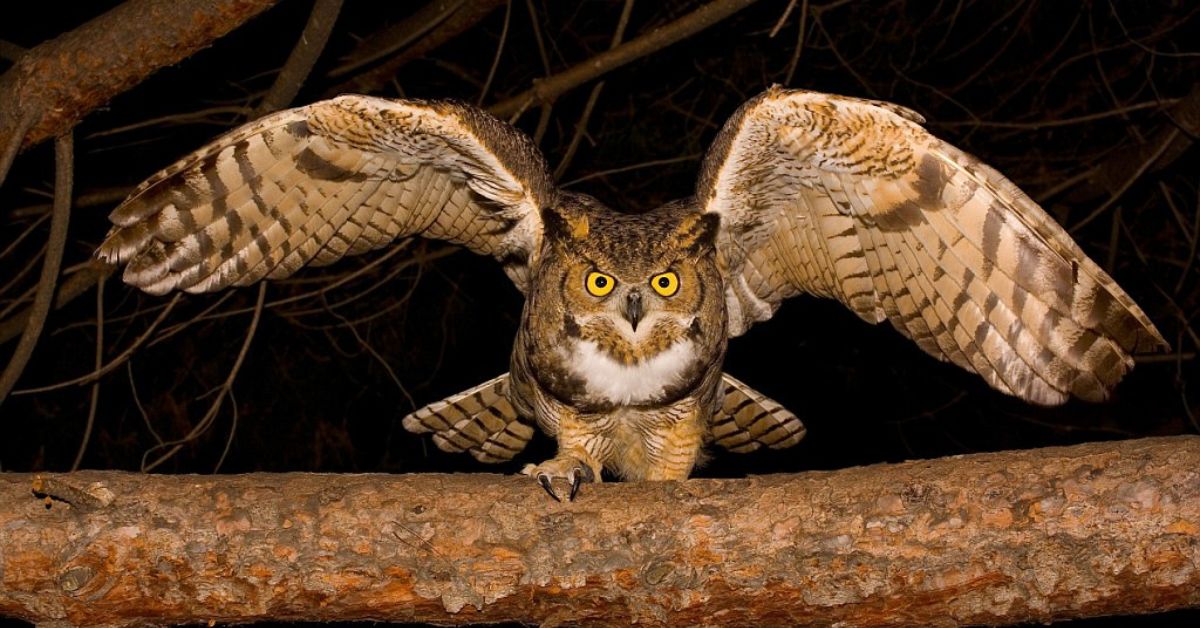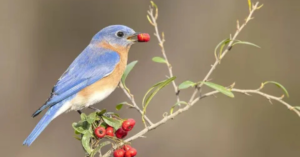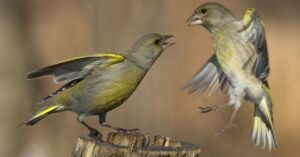Owls are often seen as elusive creatures of the night, yet their presence can bring a touch of magic to any backyard. Learning how to attract owls to your yard not only enhances your outdoor space but also contributes to local biodiversity.
In this article, we’ll explore the various strategies and tips you can employ to create an inviting environment for these majestic birds. By the end, you’ll be equipped with the knowledge to transform your yard into a haven for owls.
Which Owls Can You Attract?
Great Horned Owls
If you’re looking to attract owls to your backyard, the Great Horned Owl is a fantastic choice. These majestic birds are known for their tufted “horns” and striking yellow eyes, making them a captivating sight. To draw them in, consider providing a suitable habitat: they prefer open woodlands or areas near water sources. Installing a sturdy perch, such as a tall post or tree branch, can also create an inviting space for these impressive hunters to survey their territory.
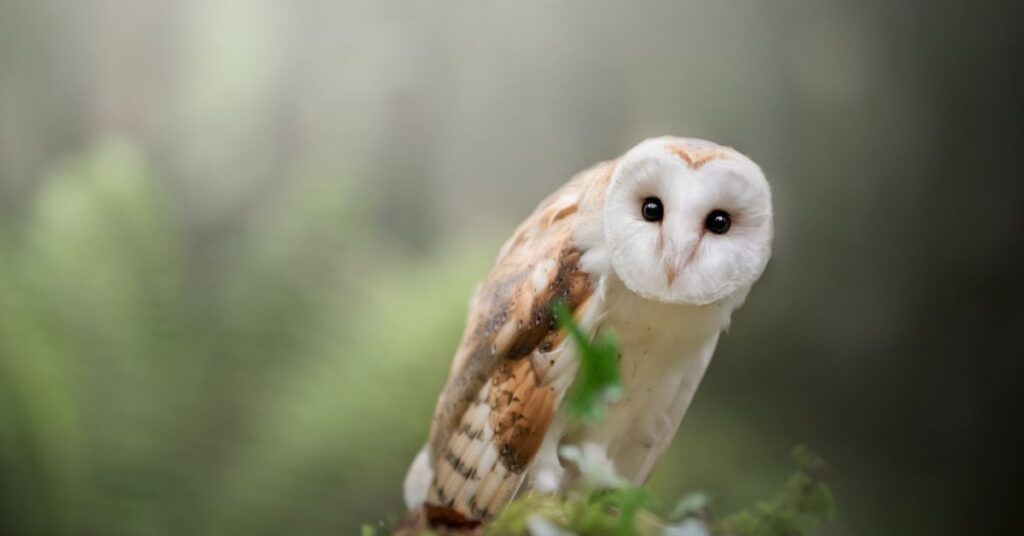
You might also find interest in attracting smaller species like Eastern Screech Owls. These petite owls are often overlooked but can thrive in suburban environments where there are plenty of trees and nesting cavities. By building owl boxes specifically for them, you increase your chances of hosting these charming creatures.
How To Attract Great Horned Owls To Your Yard?
Attracting great horned owls to your yard can transform your outdoor space into a dynamic ecosystem. These majestic birds are not just fascinating to observe; they also play a crucial role in maintaining the balance of local wildlife by controlling rodent populations.
To attract great horned owls, consider implementing specific features in your landscape. Installing tall perches, such as dead trees or sturdy posts, provides ideal vantage points for these predators. Ensuring a supply of food—like establishing a habitat that supports small mammals—can entice them to frequent your yard. Minimizing disturbances, such as excessive noise and light pollution, will make your space more appealing for these nocturnal hunters.
Are Great Horned Owls Nocturnal?
Great Horned Owls are primarily nocturnal hunters, a trait that enhances their survival in various habitats. This adaptability allows them to take advantage of the cover of darkness to hunt for prey such as rabbits, rodents, and even other birds. Their large, forward-facing eyes are specially designed for low-light conditions, enabling them to spot movement with exceptional clarity at night.
These magnificent birds possess an acute sense of hearing that complements their vision. The asymmetrical placement of their ears allows them to pinpoint the slightest rustle in the underbrush, making them formidable predators. This ability is particularly vital when hunting in dense forests or open fields, where sound can be more reliable than sight.
Great Horned Owls Sounds
Their signature hooting calls resonate through forests and open fields, often heard during the twilight hours. The deep, resonant “hoo-hoo” is not just a territorial declaration; it serves as a means of communication between mates and can even convey information about their hunting successes or alerts to potential threats.
Beyond the iconic hoots, Great Horned Owls produce a range of vocalizations that offer insights into their behavior. From the sharp, barking sounds used in aggressive encounters to the softer coos that may indicate comfort or courtship, each call has its purpose.
Barred Owls
Barred Owls, with their striking brown and white plumage and distinctive hooting calls, are a fascinating species that play a crucial role in their ecosystems. Unlike many other owl species, Barred Owls are not strictly nocturnal; they exhibit crepuscular behavior, meaning they are often active during dawn and dusk.

This adaptability allows them to capitalize on a wider range of prey, including small mammals, birds, and even amphibians. Their keen hearing and excellent night vision make them formidable hunters, but it’s their unique vocalizations that truly set them apart.
Barred Owls Mating
Barred owls, with their distinctive hoots echoing through the forests, engage in a fascinating mating ritual that reflects both their adaptability and intelligence. During the breeding season, which typically spans from late winter to early spring, these owls establish their territories with a series of deep calls that resonate through the trees. Mating pairs often engage in elaborate courtship displays, including synchronized flight patterns and mutual preening, which strengthen their bond and ensure successful reproduction.
Once paired, barred owls usually remain monogamous for life, showcasing an extraordinary level of commitment. They select nesting sites in tree cavities or abandoned nests of larger birds, where the female lays two to three eggs. The male takes on a vital role during this period, hunting diligently to provide food for his mate and the eventual chicks.
Barred owls have been observed demonstrating a level of parental care that includes bringing prey back to the nest, allowing the female to focus on incubating the eggs, and later feeding the young.
Barred Owls Sounds
Barred owls are known for their distinct and haunting vocalizations, which can evoke a sense of mystery as they echo through the forests. The most recognized of the barred owls is their classic “Who cooks for you? Who cooks for you-all?” call, a rhythmic phrase that not only captures attention but serves as a territorial marker.
Softer calls might signal contentment or courtship, while more abrupt sounds can indicate alarm or aggression. Listening closely to these vocalizations can reveal much about the social dynamics and behavioral patterns of these elusive birds, inviting enthusiasts and researchers alike to explore the intricate world of avian communication.
Barn Owls
Barn Owls are fascinating creatures, not just for their striking heart-shaped faces and ghostly appearance but also for their remarkable hunting abilities. These nocturnal predators possess exceptional hearing, allowing them to detect even the faintest rustle of a mouse in complete darkness. Their asymmetrical ears help pinpoint the location of prey with astonishing precision, making them one of nature’s most effective hunters.
Beyond their hunting prowess, Barn Owls play a crucial role in maintaining ecological balance. Controlling rodent populations helps protect crops and reduce the spread of diseases that these pests can carry.
Where Do Barn Owls Live
Barn owls are incredibly adaptable creatures, finding their homes in a variety of environments across the globe. They thrive in open habitats such as grasslands, farmlands, and wetlands, which provide ample hunting opportunities for their preferred prey—small mammals like voles and mice. Their range is not limited to rural areas; barn owls can also inhabit urban settings, often nesting in abandoned buildings or under bridges. This versatility in habitat choice showcases their remarkable ability to coexist with human development.
When considering where barn owls live, it’s essential to note their preference for nesting sites that offer shelter and protection. They typically seek out cavities in trees, old barns, or cliff ledges, where they can raise their young away from predators. Interestingly, barn owls are more inclined to roost in structures that are dark and secluded, which provides them with a sense of security.
How Long Do Barn Owls Live?
When exploring the lifespan of barn owls, it’s fascinating to note that these enigmatic creatures typically live between 4 to 5 years in the wild. However, this average can be misleading. Many factors, such as habitat quality, availability of prey, and environmental threats like habitat destruction and pesticide use, can significantly impact their longevity.
Captive barn owls can live much longer, often reaching up to 20 years. This extended lifespan is attributed to consistent access to food, absence of predators, and medical care. Here is the picture of barn owls:
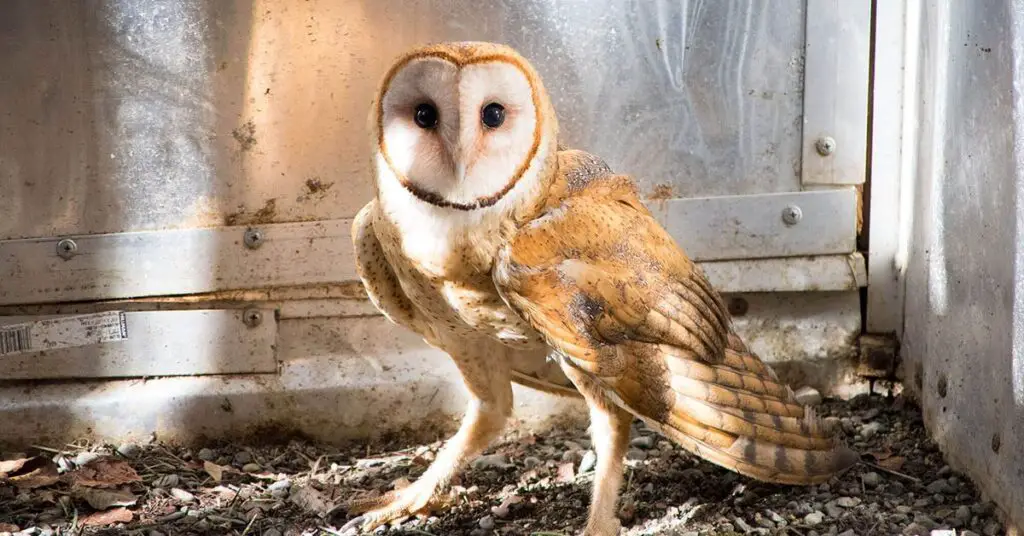
How To Attract Owls To Your Yard
Creating an inviting environment for owls begins with understanding their habitat preferences. Owls are drawn to areas that provide ample cover and nesting sites, so consider planting native trees and shrubs that offer natural roosting spots. Tall conifers, such as pines, can serve as excellent perches, while deciduous trees with dense foliage provide protection from predators and harsh weather. Leaving dead or dying trees standing—known as snags—can attract insects and small mammals, which in turn draw owls looking for food.
Another key aspect of attracting owls is managing your yard to support a healthy ecosystem. Avoid using pesticides that could harm small mammals and insects, as these are crucial components of an owl’s diet. Encourage biodiversity by incorporating native plants that attract rodents and insects naturally. Setting up owl boxes can also be an effective strategy; these artificial nesting sites can provide a secure place for owls to lay their eggs.
1. Keep Dead Trees Around
To attract owls to your backyard, one of the most effective strategies is to keep dead trees around. These snags provide essential nesting sites and roosting spots, as owls often prefer to perch in elevated locations that offer a clear view of their surroundings. Dead trees are also teeming with insects and small mammals, which serve as a natural food source for these nocturnal hunters.
2. Keep Your Lights Off
To attract owls to your backyard, one of the most effective strategies is to keep your lights off during the evening hours. Owls are primarily nocturnal hunters, and bright artificial lighting can deter them from visiting your space. By embracing the natural darkness, you create an inviting atmosphere that encourages these magnificent birds to roam freely.
3. Keep Your Grass Long
One of the most effective ways to attract owls to your backyard is to keep your grass long. This might seem counterintuitive, as many homeowners prefer a well-manicured lawn, but longer grass provides a natural habitat for small rodents and insects, which are staple food sources for owls.
By allowing your grass to grow, you create an inviting ecosystem that not only supports the local wildlife but also enhances the chances of attracting these majestic birds. The taller grass offers excellent cover for prey, making it easier for owls to hunt effectively.
4. Start Building a Brush Pile
Attracting owls to your backyard can be a rewarding endeavor, as these majestic birds bring both beauty and ecological benefits. One effective strategy is to start building a brush pile. This simple yet impactful project creates a habitat rich in cover and nesting opportunities. Use a variety of materials—branches, logs, and leaves—to provide shelter for small mammals, which are a primary food source for owls.
5. Consider Installing an Owl Box
Creating an inviting environment for owls starts with understanding their needs and preferences. One effective way to attract these magnificent birds is by ensuring a steady supply of food. Owls primarily hunt small mammals, so maintaining a healthy ecosystem with native plants can encourage rodents and other prey to flourish. Planting native shrubs and grasses not only provides cover for these animals but also offers owls a natural hunting ground, increasing your chances of spotting them.
6. Welcome Rodents
To attract owls to your backyard, creating a welcoming environment is essential. One of the most effective strategies is to welcome rodents into the area. Owls are natural predators of small mammals, and a healthy population of rodents will naturally draw them in. By implementing some simple landscaping techniques, such as allowing a section of your yard to grow wild or incorporating brush piles, you can create a habitat that encourages rodent activity.
7. Install a Large Bird Bath
Creating an inviting habitat for owls requires more than just leaving a few trees standing; it involves a thoughtful approach to their needs and preferences. One effective way to attract these majestic birds is to install a large birdbath in your yard. Owls are drawn to water sources, not only for drinking but also for bathing, which helps them keep their feathers in top condition for flight. A spacious bird bath, ideally placed in a quiet area with some cover nearby, can become a focal point that entices owls to visit regularly.
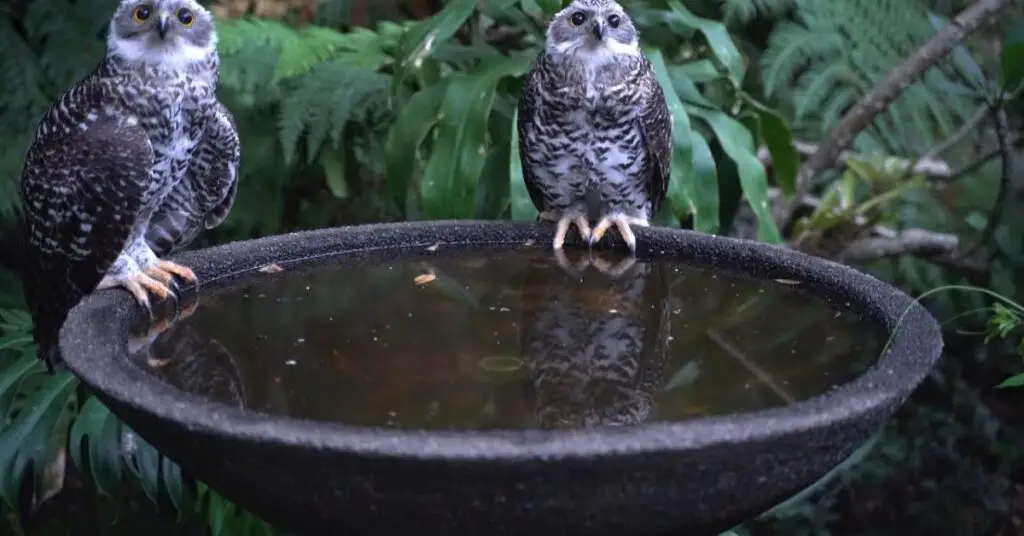
Related: How To Attract Hummingbirds With Water Or Baths
Conclusion
Attracting owls to your yard can be a rewarding endeavor that enhances your local ecosystem and provides a fascinating opportunity for observation. By creating a suitable habitat with natural cover, providing food sources, and installing owl boxes, you can significantly increase your chances of welcoming these majestic birds into your space.
FAQ’s
What’s The Best Way To Attract Owls?
One effective method is to create a suitable habitat for them. Owls prefer wooded areas with open spaces for hunting, so consider planting native trees and shrubs to provide cover and nesting sites. Leaving some natural brush piles or dead trees (snags) can create ideal roosting spots.
Another way to attract owls is by providing food sources. You can also set up owl nesting boxes, which are designed to mimic natural cavities where they might choose to nest.
What Do Owls Like The Most?
One of the most important aspects of an owl’s life is its diet, which primarily consists of small mammals, birds, and insects. Different species of owls have varying preferences; for example, the Great Horned Owl often preys on rodents, while the Barn Owl is known for its ability to hunt voles and other small rodents.
In general, owls are nocturnal hunters, and their keen eyesight and acute hearing make them highly effective at locating prey in the dark.
- How To Keep Bees Away From Hummingbird Feeders - March 20, 2025
- How To Attract Owls To Your Yard - March 11, 2025
- Breeding Season For Wild Birds - March 9, 2025
